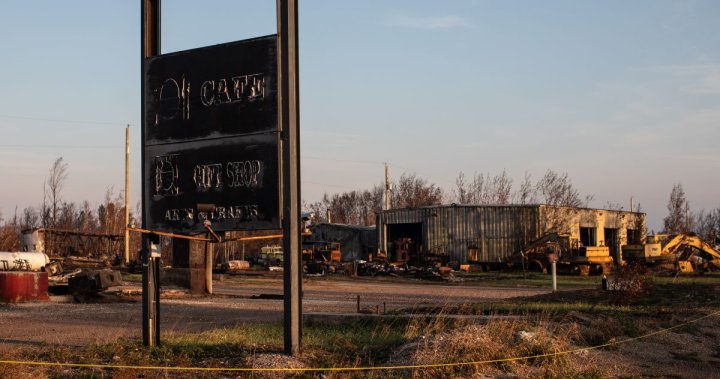Canadian energy producers are gearing up for what could be another season of drought and wildfires in Western Canada. Last year, severe hot and dry conditions led to the temporary halting of production in key oil and gas regions in Alberta and British Columbia. This year, as the snow melts and spring-like conditions return, companies are prepared for potential fires. Alberta’s government has already declared an early start to wildfire season due to dry conditions and low snow cover.
NuVista Energy Ltd., a Calgary-based company, experienced a significant production impact last year when they were forced to shut down all facilities in Grande Prairie, Alberta, due to wildfires. While the extent of this year’s challenges remains unknown, CEO Jonathan Wright assured that the company will stay ahead of the wildfire situation through emergency response drills and satellite imagery monitoring. Many fires from last year have persisted as smoldering hot spots, igniting as temperatures rise. Currently, Alberta is monitoring 51 active wildfires, though they are listed as being under control or being held.
Drought is also expected to pose a risk for energy producers, particularly in the Montney region of northeast BC and northwest Alberta, where water-intensive hydraulic fracturing operations take place. The federal government’s drought monitoring website has classified most of the Montney’s oil and gas producing areas as experiencing extreme or severe drought conditions. Despite this, companies like Birchcliff Energy Ltd. are prepared, having built their own water storage reservoirs to ensure they have enough water for their drilling program this year.
Chris Carlsen, CEO of Birchcliff Energy Ltd., mentioned that while they have enough water stored for this year, additional droughts in the future could pose challenges. The company has planned ahead for water usage this year, but the concern remains for future years. Brad Wells, head of energy for BMO Capital Markets, emphasized the importance of being prepared for unpredictable weather conditions such as droughts and wildfires. Wells noted that water restrictions and wildfires could impact well completions activity and water draws for the oilsands.
Overall, Canadian energy producers are taking proactive measures to address the potential risks of drought and wildfires in Western Canada. Companies are implementing strategies such as emergency response drills, satellite imagery monitoring, and building water storage reservoirs to mitigate the impact of these natural disasters on their operations. As the snow melts and temperatures rise, the threat of wildfires reigniting is a top concern for the industry. With a focus on preparedness and risk management, energy producers are ready to face the challenges that may arise during the upcoming season.


